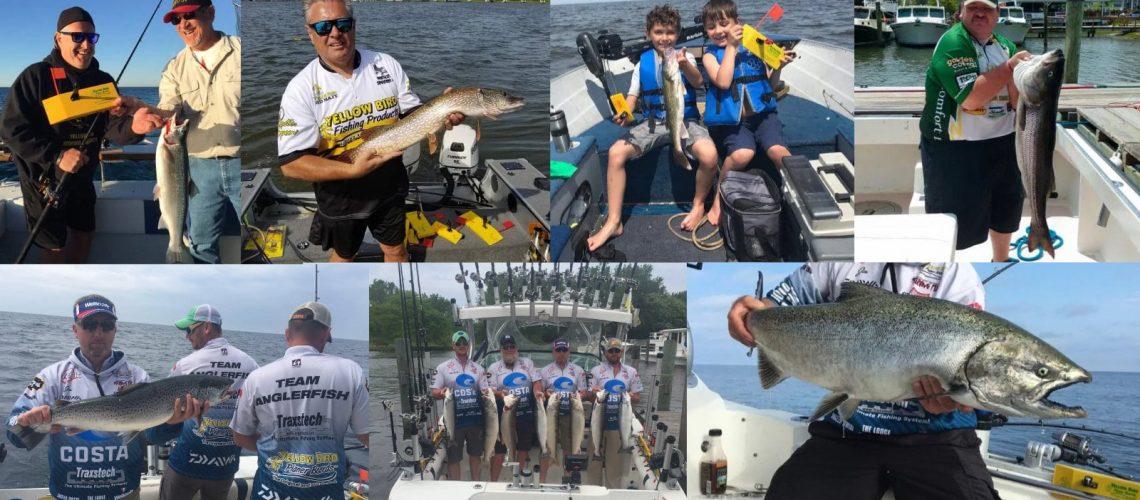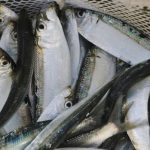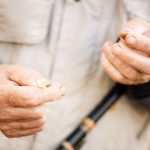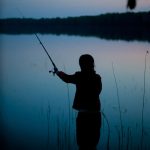The sound of a boat’s engine usually sends fish swimming off anywhere else except where they might encounter the bait. Well, the solution is to let out more line. Right? Sure, maybe, but it also might get caught in weeds or sink to the bottom. If the fish you’re after spends most of its time at the surface, that won’t cut it. If you go fishing with friends, the lines always seem to get tangled up at least a few times.
That’s where planer boards come in. They float on the surface, away from the boat itself, and control the depth of the bait or lure. Float planer boards behind or even to the sides of the boat. If the fish swim away from the sound of the engine, you still have bait waiting for them 150 feet or more away from the side of the boat. Simply reel in or let out the line to change the distance.
You have control over every aspect of your line, which means the pitfalls of using more than one line at a time are entirely erased. Send them farther out, at different angles from the boat, and they won’t snag each other. Every line has its own space. Instead of the current pushing the lines together, the water works for you and keeps the lines apart. Keep your bait at the perfect depth for the fish you want to catch, all the time.
It’s even simple to keep track of when you get a bite. The weight of the fish pulls on the board, so you have a clear sign of when to reel in which line. Some types even have flag systems to make it even easier to spot.
Planer boards are especially useful when trolling or fishing in current. Side planer boards have a shape specifically designed to send them to the right or left of the boat, depending on the shape, when released into the water. Let the current carry them away from each other, and fish a greater area than you ever could before.
These highly effective fishing tools are still relatively unknown and greatly underutilized. Easy to assemble and easy to use, planer boards increase fishing yields experienced and new recreational fishers. Spend more time catching fish and less time untangling weeds or cruising through waters the fish have already left. Do this with planer boards.





